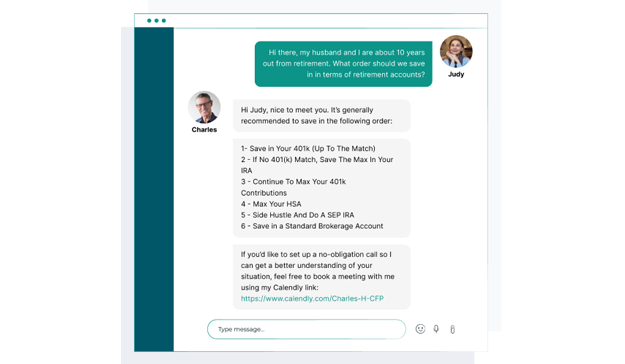Macro environment refers to the overall operating conditions for an industry or country. Macroeconomists use different statistics and measures to evaluate factors that might affect performance of an economy or company, including all relevant economic, political, and technological factors. Macro-environment is different from micro-environment, which refers to the supply and demand fundamentals of a single industry, product, or region. Businesses can't affect the macro-environment, but the macro-environment can greatly affect businesses. This is why business people and company owners use statistics from macro-environments to make investment decisions. For example, consider John F Kennedy's quote, "a rising tide lifts all boats." If the U.S. is experiencing consistent growth for its Gross Domestic Product, unemployment rates are low, and consumers appear to have excess cash, a retail chain may make an investment to be a part of the rising tide. If the opposite is true, the macro-environment may deter the retail chain from making the investment. Macro-environments are an interplay of several factors. The most important ones are generally referred to as DEPEST. They are as follows: Demographic factors: As the name implies, demographic factors refer to the change in demographics for the population of a country or society. The converse of this situation, i.e., a decrease in population, can have the opposite effect and result in a surplus. Demographic change is also used to mean change in composition for ethnic groups and communities within a country. Businesses will need to change or customize their product offerings to cater to such changes. For example, meat production can go up or down depending on changes in the number of people who eat meat in a country. Economic factors: The general operating conditions for an industry is greatly influenced by economic policy. It can influence multiple parts of a business from access to credit to manufacturing setup to relations between senior management and workers. An example is central bank policy towards interest rates and inflation. If the Federal Reserve lowers interest rates, the cost to borrow money becomes cheaper and there is a greater incentive to invest. Political factors: Investors use the political situation in a country as an indicator of its willingness to do business with them. Constant changes in government would mean that the business and its investors will need to re-establish relations constantly with those in power. This would require considerable investment of time and money into the effort. Political unrest is also a sign of future trouble as it could affect relations of the firm with its stakeholders in that country or jurisdiction. Investors are wary of investing in countries with political unrest since it could result in severe economic loss. In short, political factors circumscribe the scope of a firm's operations in a given jurisdiction. Ecological factors: Ecological factors refer to a business's access to natural resources as well as the effect that its operations will have on the surrounding environment. Depending on the industry, these factors can play an outsize role in determining the overall macro-environment. For example, a mining firm will need rights access to drill for its product. As part of the macro-environment analysis, it will also need to consider the impact its operations will have on wildlife and plants in the target area. With increasing climate change awareness, ecological factors are now an important and necessary part of a business's operations. Socio-cultural factors: The social and cultural norms of a society can lead to creation of new products or signal an increase or decrease in demand for a society. For example, a religious decree forbidding divorce can kill or decrease demand for legal services involving divorce, depending on its makeup. An example of socio-cultural factors spawning new industries is the increase in financial services firms offering interest-free financing options. In recent years, their numbers have grown across the world, especially in Arab countries. This is because of a favorable macro-environment available to firms in these countries due to restrictions on interest income in Islamic countries. Technological factors: The tech industry now affects almost every aspect of our life. Therefore, it has become an important part of macro-environment analysis. An example is the possibility of a technology-induced "disruption" in an industry. New technologies can create new markets while making previous markets outdated, such as the rise of streaming services discontinuing purchases and rentals of physical DVDs. Technology has also shortened distances and abolished geographic boundaries. Thus, a tech firm based in the United States can actively seek out a market in China or India. But it must consider the extent to which technology has made inroads into these societies for its products to have a viable market. Several metrics relating to a country's economic health are used to study macro-environments. Some of the more common ones are:Factors Affecting Macro Environments
For example, an increase in population without a corresponding increase in goods and food production can strain the macro-environment of an economy.
The relative stability of governments and legal systems in a country is an important determinant of a firm's decision to open for business in a new jurisdiction.
Metrics to Study Macro-Environments
Macro Environment FAQs
Macro-environment refers to the overall operating conditions for an industry or country.
The most important Macro-Environment factors are demographic, economic, political, ecological, socio-cultural, and technological.
Some of the common metrics are GDP (gross domestic product), inflation, and unemployment rate.
Macro-environment is different from micro-environment, which refers to the supply and demand fundamentals of a single industry, product, or region.
Businesses can’t affect the macro-environment, but the macro-environment can greatly affect businesses. This is why business people and company owners use statistics from macro-environments to make investment decisions.
True Tamplin is a published author, public speaker, CEO of UpDigital, and founder of Finance Strategists.
True is a Certified Educator in Personal Finance (CEPF®), author of The Handy Financial Ratios Guide, a member of the Society for Advancing Business Editing and Writing, contributes to his financial education site, Finance Strategists, and has spoken to various financial communities such as the CFA Institute, as well as university students like his Alma mater, Biola University, where he received a bachelor of science in business and data analytics.
To learn more about True, visit his personal website or view his author profiles on Amazon, Nasdaq and Forbes.











